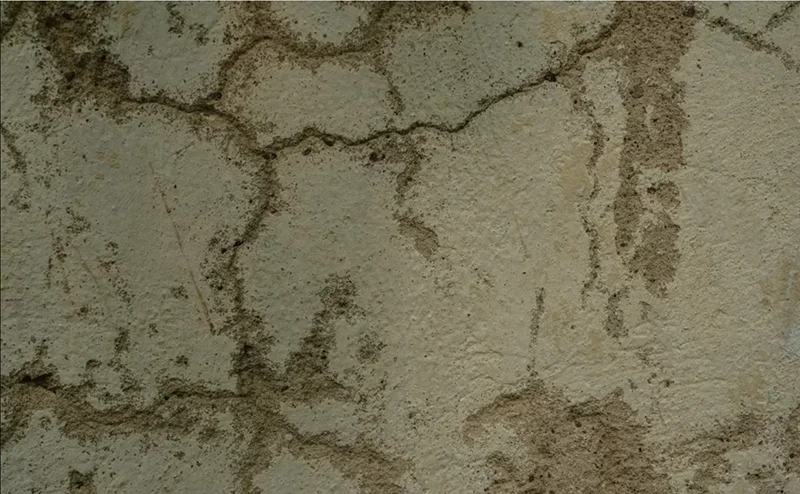A homeowner’s worst nightmare is discovering extensive damage to their property. If your property is riddled with rising damp, that damage can diminish the safety of the building and be costly to repair. Internal wall dampness will alert you to your home’s rising damp problem. In this article, the experts at CS Damp Proofing will share the signs of rising damp on internal walls and methods of damp proofing walls internally.
What Is Rising Damp?
Rising damp is a result of the vertical flow of water from the ground into the walls of a building. Due to the porosity of a property’s masonry, water will spread via capillary action. At first, only external walls will show any signs of damage. However as the water travels deeper, signs of damp on internal wall will gradually become more evident.
If you notice any of the following signs, you could be facing a rising damp internal wall problem:
- Tide marks on internal walls
- Damp patches on internal walls
- Peeling wallpaper or paint
- Rotting skirting boards, door frames or window frames
- Mould or other fungal growths
- Musty smells
- Corroded bricks
- Discoloured external walls
Initially, a damp internal wall may not seem like a cause for concern. As the damage progressively spreads throughout your home’s interior, it can cause serious structural damage to the walls, roof, and floors. Internal wall dampness is also a breeding ground for mould spores, which can lead to respiratory problems for your home’s occupants. Even the damage to your home’s furnishings and interior design, though not life threatening, can result in expensive and time-consuming repairs.
If you’re worried about the effects of damp on internal walls, it’s a good idea to have a damp specialist carry out a survey. They’ll be able to identify the type of damp and its cause, before recommending an internal damp proofing solution.
How to Stop Rising Damp on Internal Walls
There are several ways to solve a damp internal wall problem. However, the exact internal damp proofing treatment recommended by a specialist will depend on a number of factors. An expert will consider the extent of the rising damp problem, the amount of damage already caused, and the source of the rising damp.
Treatments for rising damp focus on removing the current source of the damp, adding protection to stop rising damp from occurring again, then repairing damaged areas such as damp floorboards or rotten timbers.
Effectively damp proofing internal walls can involve:
- Identifying and fixing the source of rising damp, including faulty plumbing or flooding
- Removing soil from around the base of an external wall to bring it below any existing damp proof course
- Injecting a chemical damp proof course into the walls, thereby creating a waterproof barrier to stop rising damp from occurring in the future
- Installing a new damp proof membrane or replacing a damaged damp proof membrane to stop groundwater from penetrating the walls of the building
- Removing and replacing fixtures that have been affected by rising damp, such as rotten floorboards and damaged plasterwork
Contact CS Damp Proofing
Due to the damage it can cause, rising damp is too serious an issue to be left untreated. Therefore, damp proofing internal walls must be carried out by a professional. Contact us on 01765 452510 or fill out our online contact form. Our experts can help you to identify rising damp and execute methods for damp proofing walls internally.

